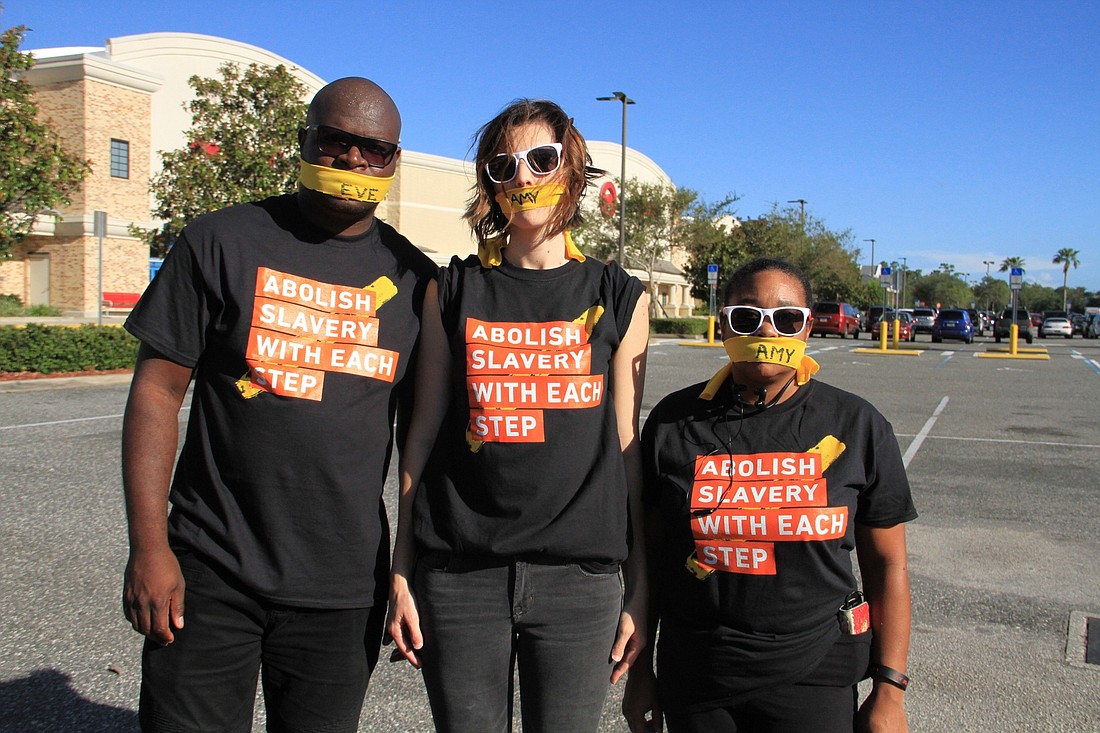- April 25, 2024
-
-
Loading

Loading

January is National Slavery and Human Trafficking Prevention Month, and Florida has been a target due to the Interstate 95 corridor and the transient population, according to Christy Gillis, a task force executive committee member at Community Partnership for Children.
Gillis also said that during sporting events, of which there are many in Florida, there is usually a rise in the number of trafficking incidents reported.
Gillis also works with the Circuit 7 Human Trafficking Task Force, which serves Flagler, Putnam, St. Johns and Volusia counties. She collaborates with community members for the prevention of human trafficking, and for rehabilitation afterward.
Since 2007, the National Human Trafficking Hotline has accepted 9,372 calls, with 2,662 trafficking cases being recorded. In 2017, 329 human trafficking cases were reported in Florida.
However, human trafficking survivors do not always identify themselves because they are usually trafficked by someone they know, according to Tara Madison, a survivor mentor for the Open Doors Outreach Network, which was set up to help commercially and sexually exploited and trafficked victims.
"It is a business of supply and demand," Madison said. "Trafficking is a business in the United States."
Because of Gillis' work with the CPC, she primarily sees cases involving children. Of those children, many of them are trafficked locally rather than from another area.
Gillis said that while human trafficking may make people think of the movie "Taken," she explained that many times cases will involve a child or teenager who has run away from home, but who then ends up meeting someone who offers to help them. It is only later that the person offering to help starts demanding for some kind of exchange, many times sex or drugs, as a means of payment.
Gillis refers to it as the "bait and switch."
Aftermath
For victims that are able to escape exploitation, the path to forming a life again is difficult. Some need housing, and Madison said it is usually more difficult for adults to find a place to stay than it is for minors.
"There's an extremely large gap of services for adults," Madison said. "It's another gap our program is closing in on."
Another issue many people run into is finding a job after being trafficked, in part because a large number of victims also have criminal records. Madison said the victims, as a result, are more likely to be caught up in a cycle of poverty.
"Everybody has different needs," Madison said. "Every person's healing from trauma looks different and has different timelines."